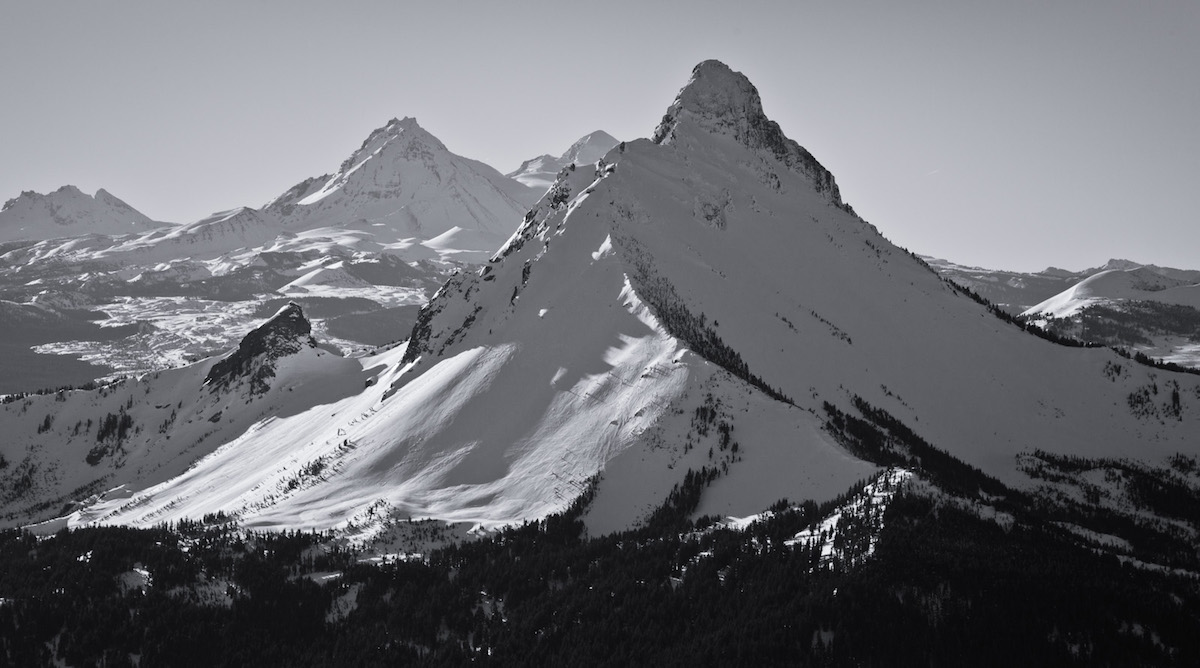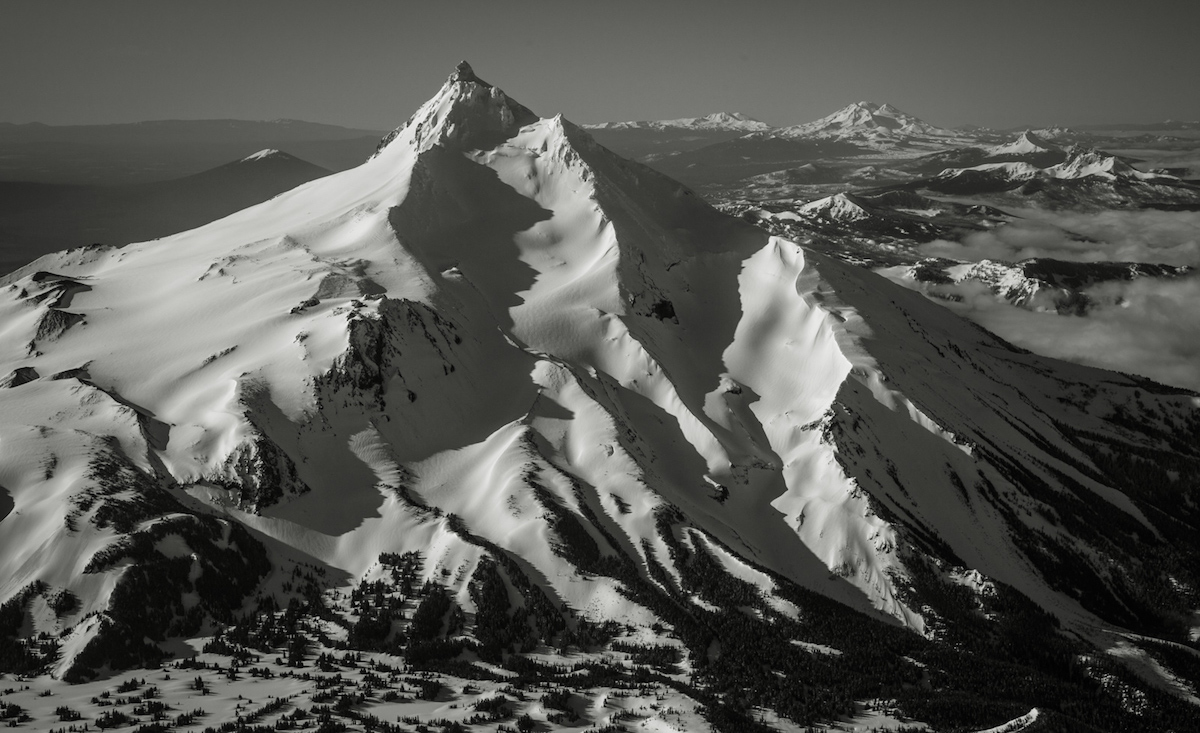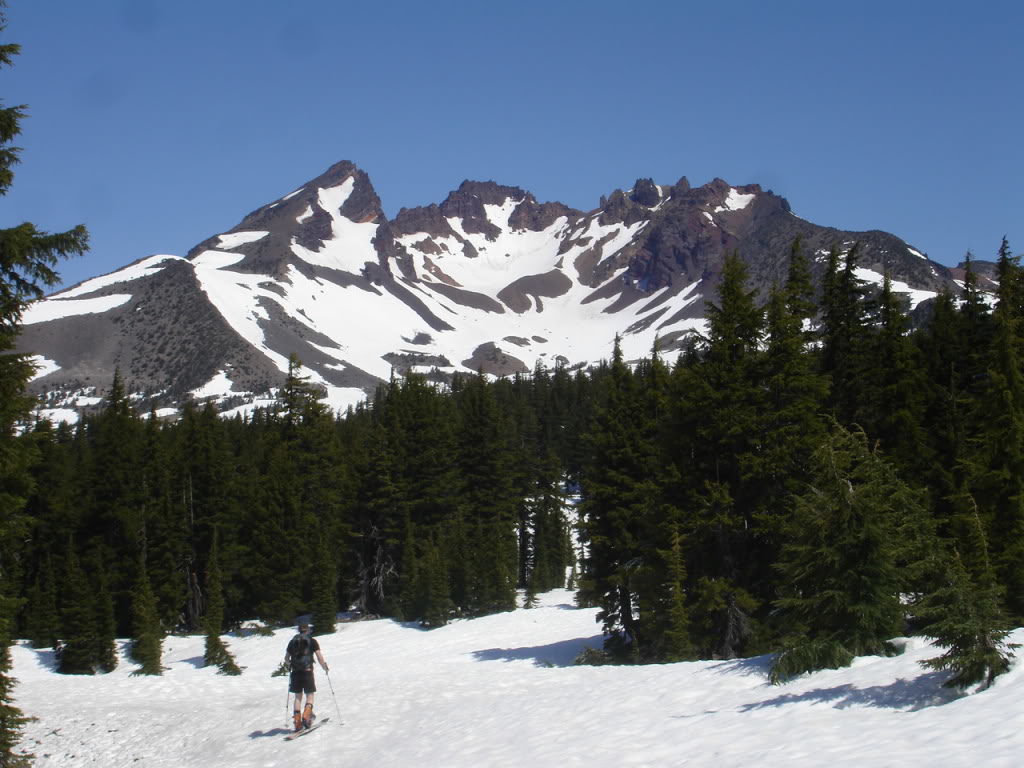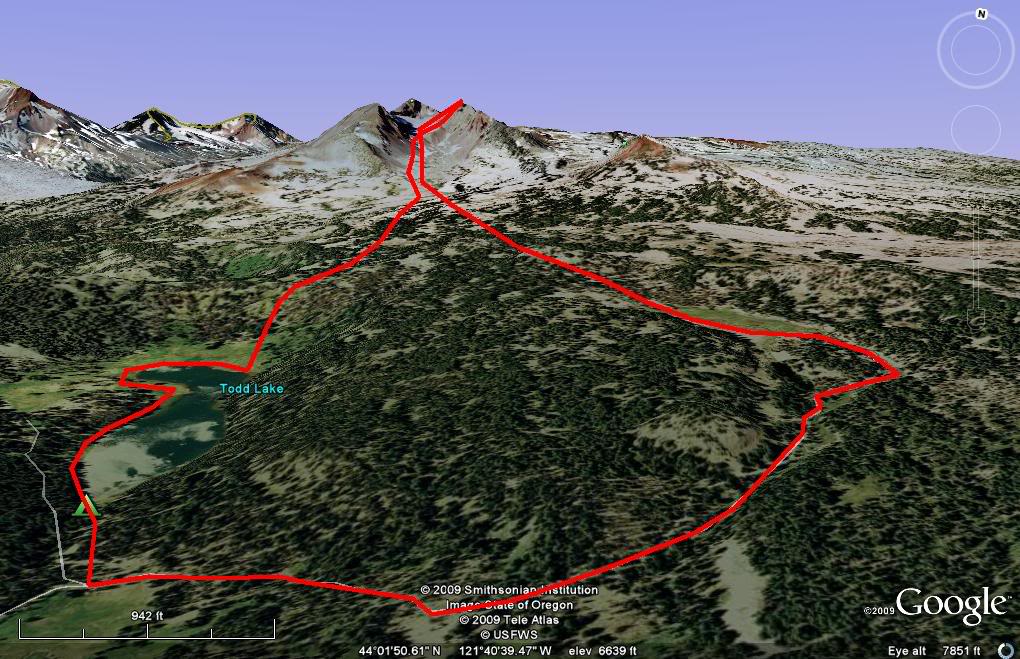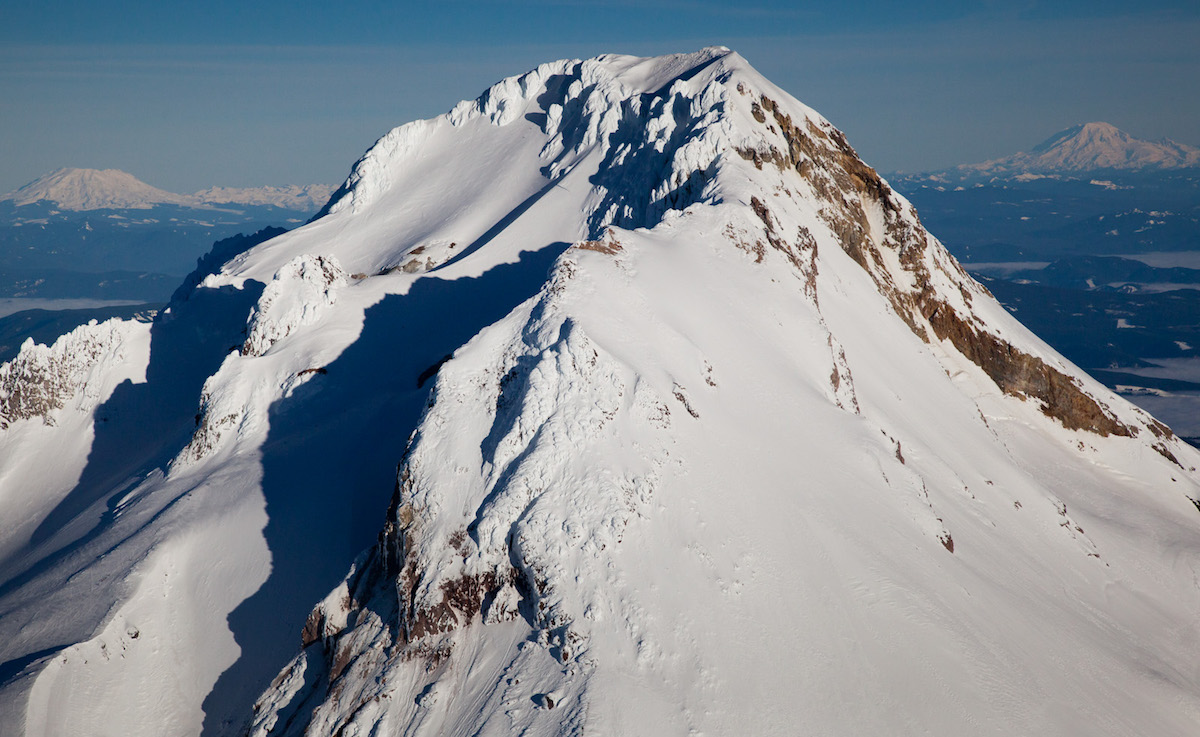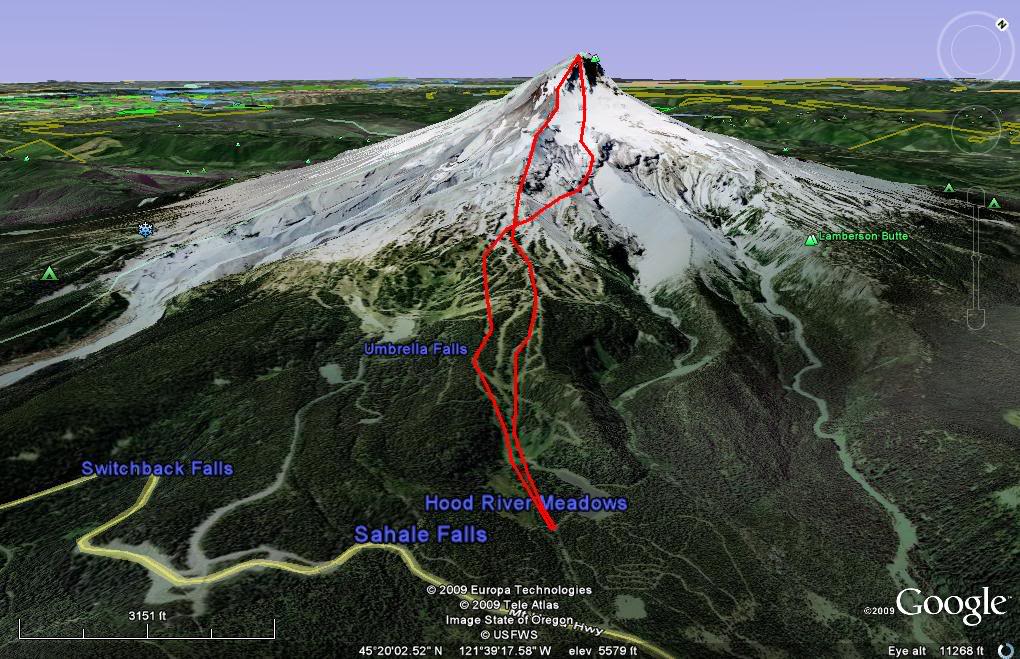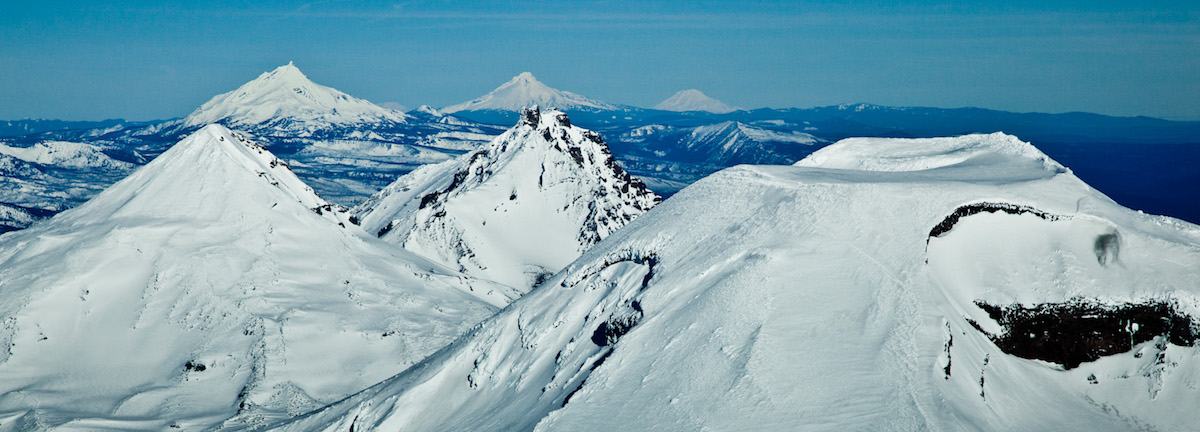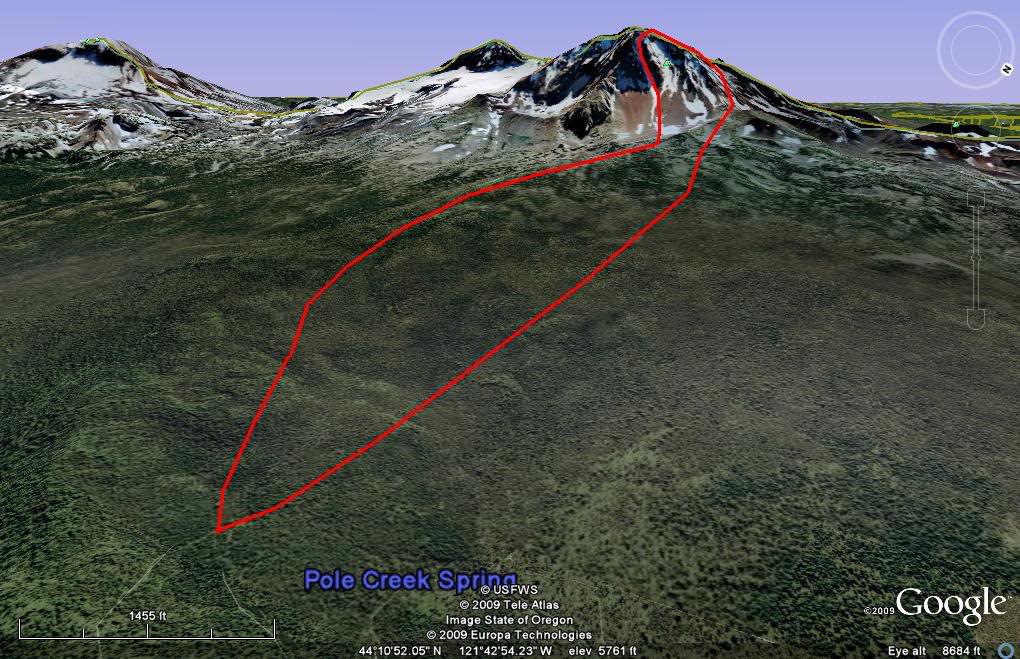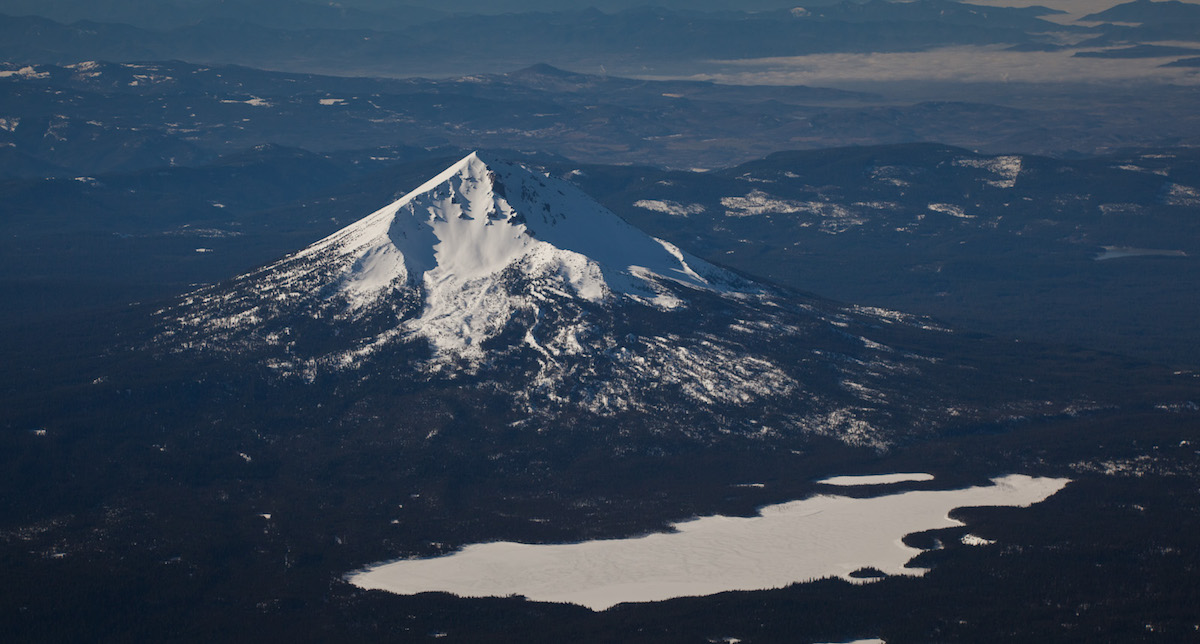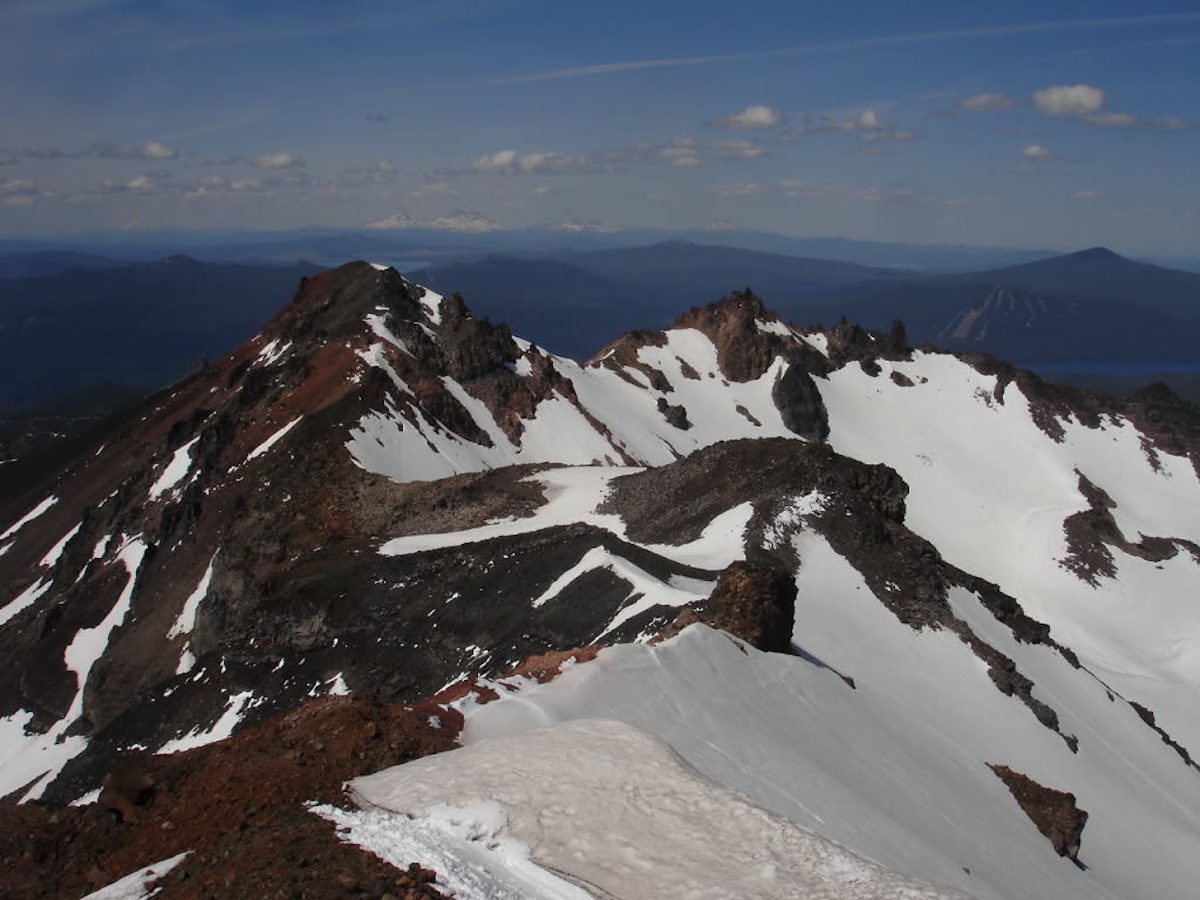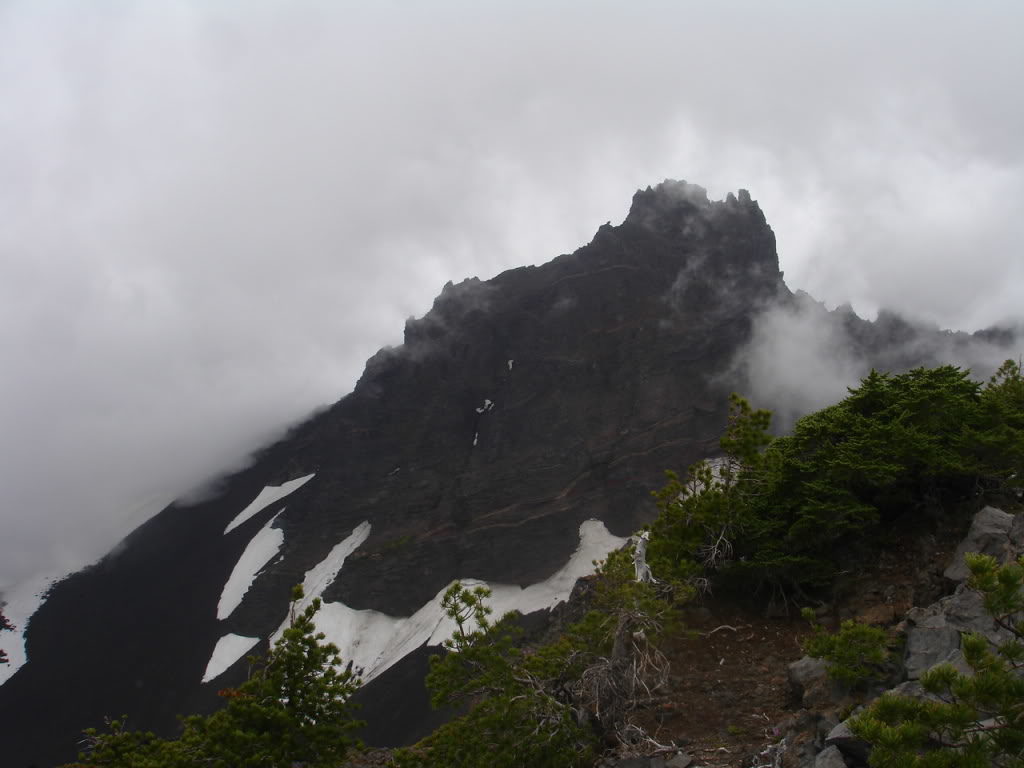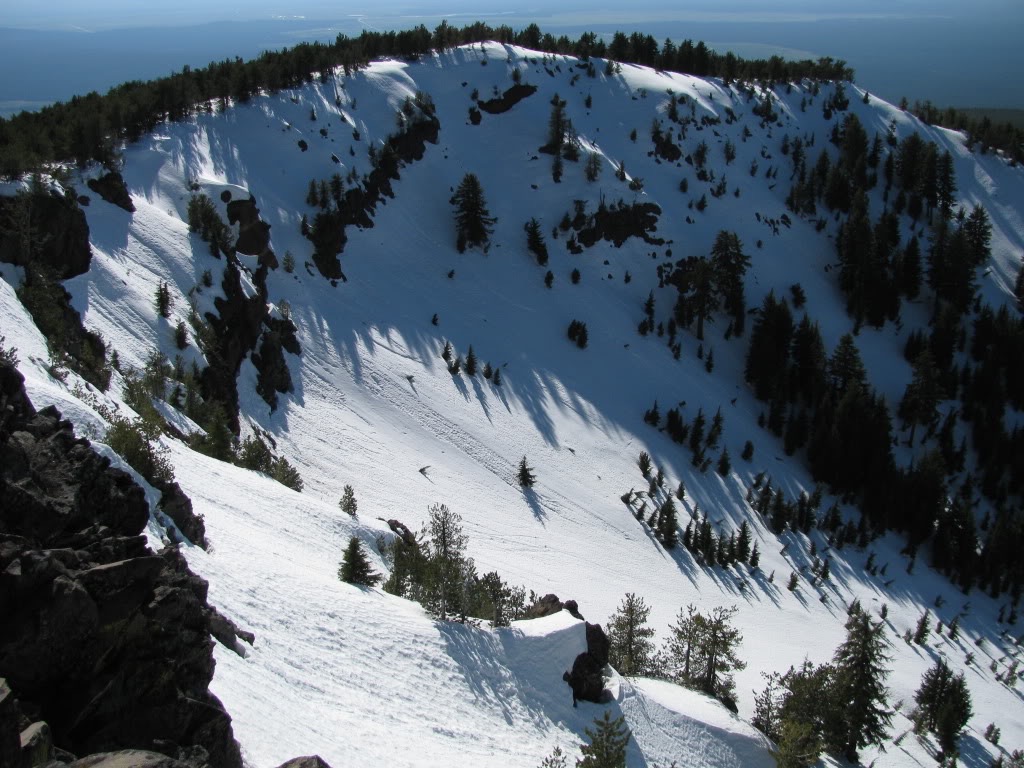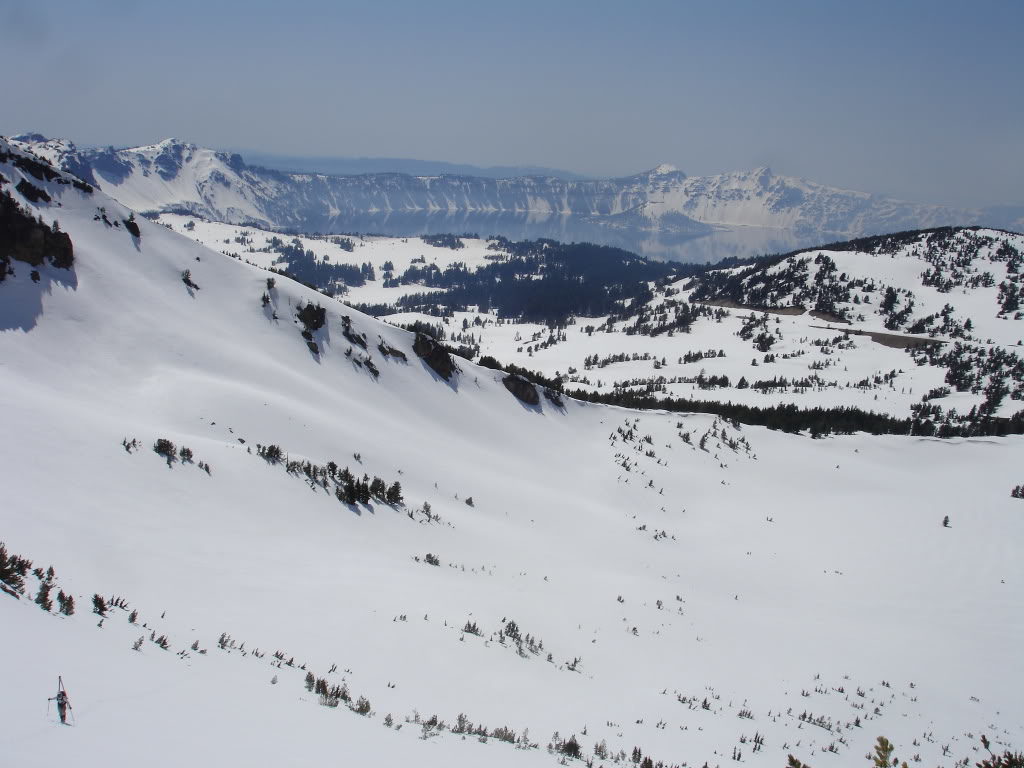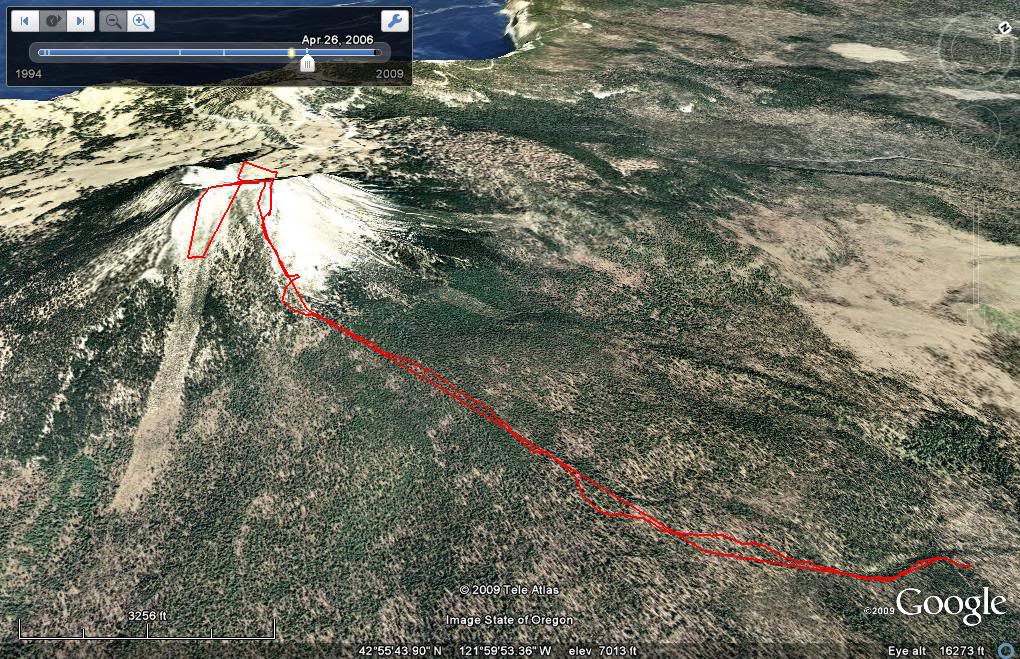Mount Washington is one of the lesser known volcanoes in the Cascade Range. With a summit elevation of 7,795 feet it is the 30th highest peak of prominence. It is known as part of Oregon’s Matterhorns with massive erosion causing it to have a Matterhorn like look. Though questionable most people believe that it is an inactive volcano. The Mountains first summit was on August 26, 1923 by 6 boys from Bend. Mount Washington is located in Central Oregon off Santiam Pass with the nearest ski resort being Hoodoo. It can be accessed from the north by taking State Hwy. 20 to Forest Road 2690 before ending at Big Lake West Campground.
My Forth Roadtrip of the Season to Snowboard the Oregon Volcanoes
My fourth road trip to the Oregon Cascades started with 30 dollars in my bank account. A few days earlier I had received an email from Buell. He was willing to give me a few days work digging trenches for his business in exchange for some money. Soon enough I was driving south and on my way to Eugene. After two days of digging trenches I was back on the road and heading towards Mount Washington.

